When muscle cars started taking over American streets in the late ’60s, Plymouth carved out a niche for drivers who wanted all the firepower without giving up comfort. That’s where the GTX came in. Nicknamed the “gentleman’s muscle car,” it delivered serious V8 grunt wrapped in a more refined package. With big-block engines, high-end trim, and just enough attitude, the GTX wasn’t trying to be the loudest—it let its performance speak for itself. Here are 10 facts that show why the Plymouth GTX was the hot rod built for grown-ups.
1. The 426 HEMI GTX Was a Street Monster
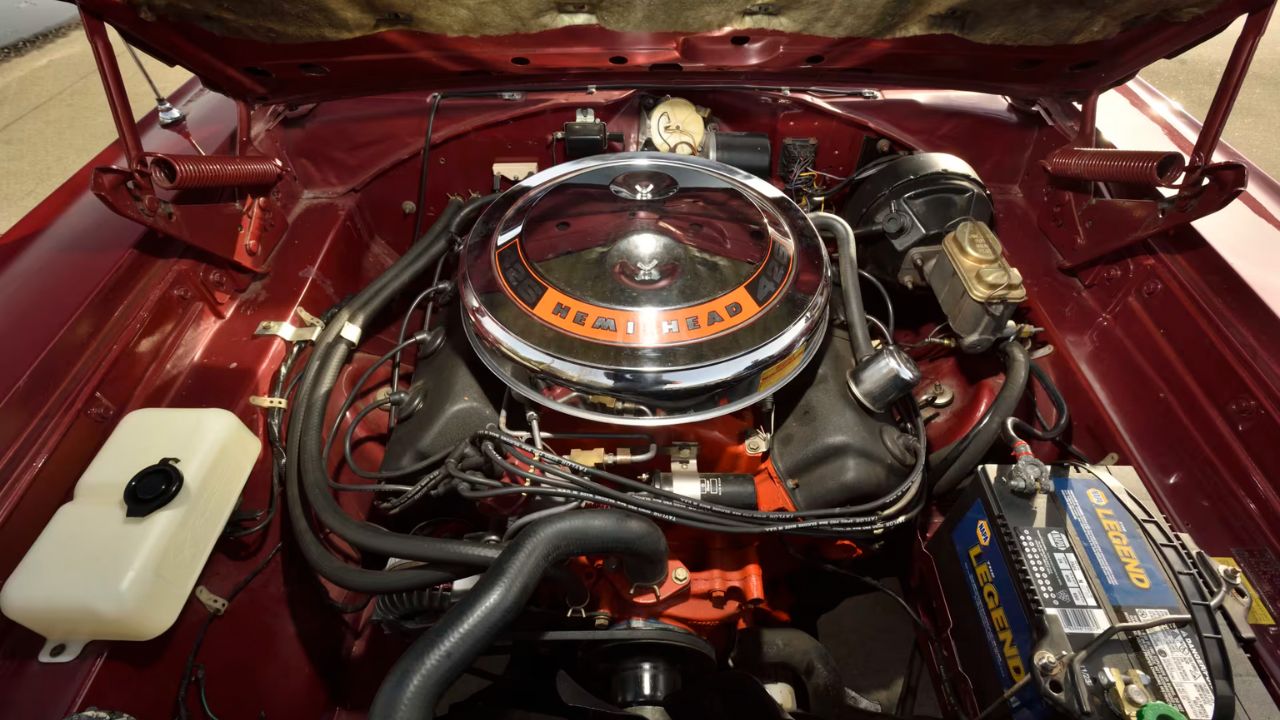
When equipped with the legendary 426 HEMI, the Plymouth GTX could tear through the quarter mile in around 13.5 seconds. The HEMI made 425 horsepower and 490 lb-ft of torque, backed by either a heavy-duty TorqueFlite auto or 4-speed manual.
It came with beefed-up suspension—torsion bars up front, leaf springs in the rear—and optional Sure-Grip differential. While it looked refined on the outside, under the hood it was all business. Fewer than 1,000 HEMI GTXs were sold in most years, making them rare and brutally fast.
2. The 440 Six Barrel GTX Meant Trouble
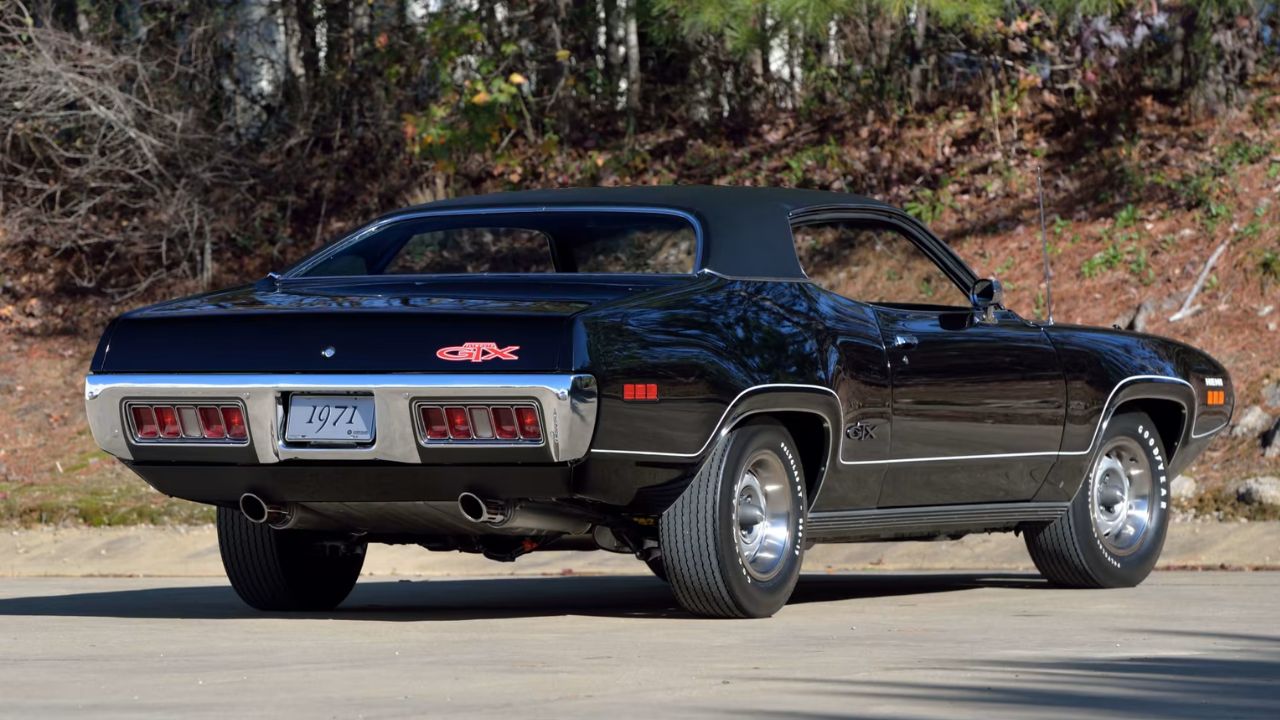
The optional 440 Six Barrel setup in the GTX featured three two-barrel carbs feeding 390 horsepower to the rear wheels. It wasn’t far off from the HEMI in terms of real-world speed—mid-13s at the strip were totally doable.
The setup included high-flow heads, a beefier camshaft, and plenty of torque. Buyers loved it because it cost less than the HEMI and was easier to tune. Only offered in select years, this version helped cement the GTX as a high-performance option that didn’t skimp on civility.
3. The Standard 440 Super Commando Delivered Muscle
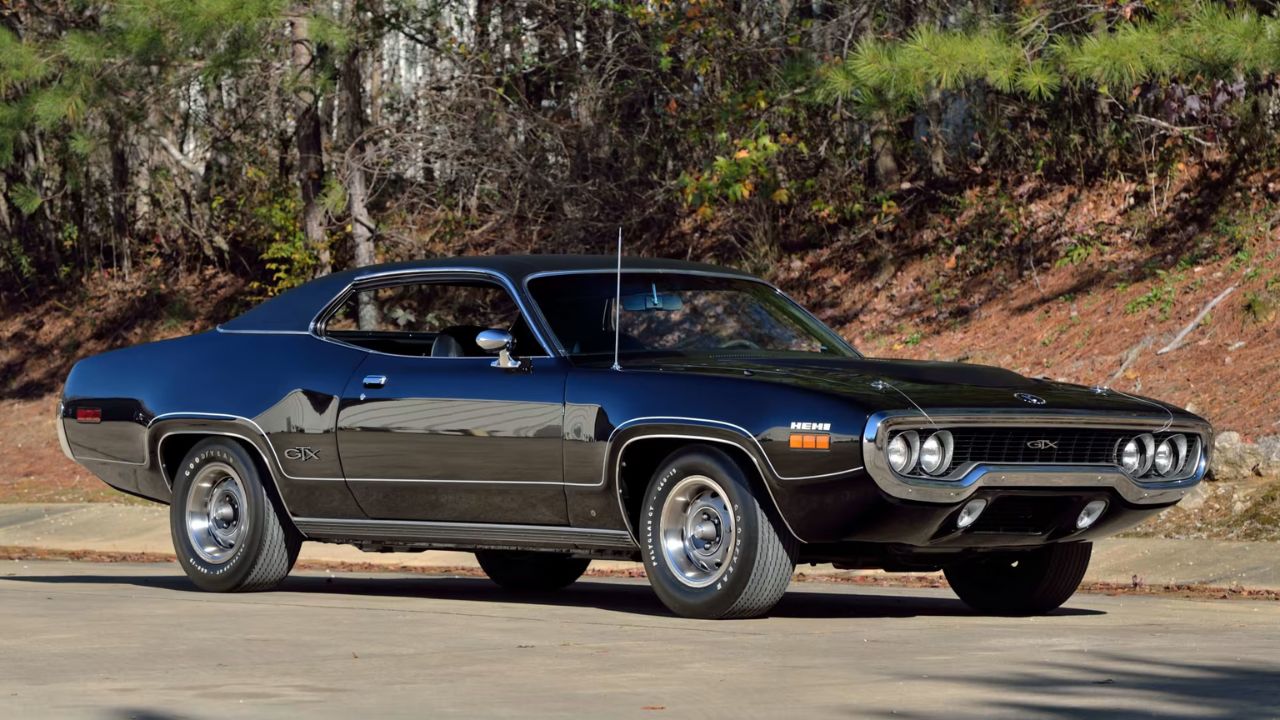
Most GTXs came with the standard 440-cubic-inch Super Commando V8. Rated at 375 horsepower and 480 lb-ft of torque, it could knock down the quarter mile in the high-13 to low-14-second range.
It was paired with a heavy-duty suspension, optional performance axle ratios, and big drum brakes all around. Even with all that punch, it came with upscale touches inside—bucket seats, woodgrain trim, and a center console. For many, it was the perfect blend of speed and sophistication.
4. The 1967 GTX Debut Was No Joke
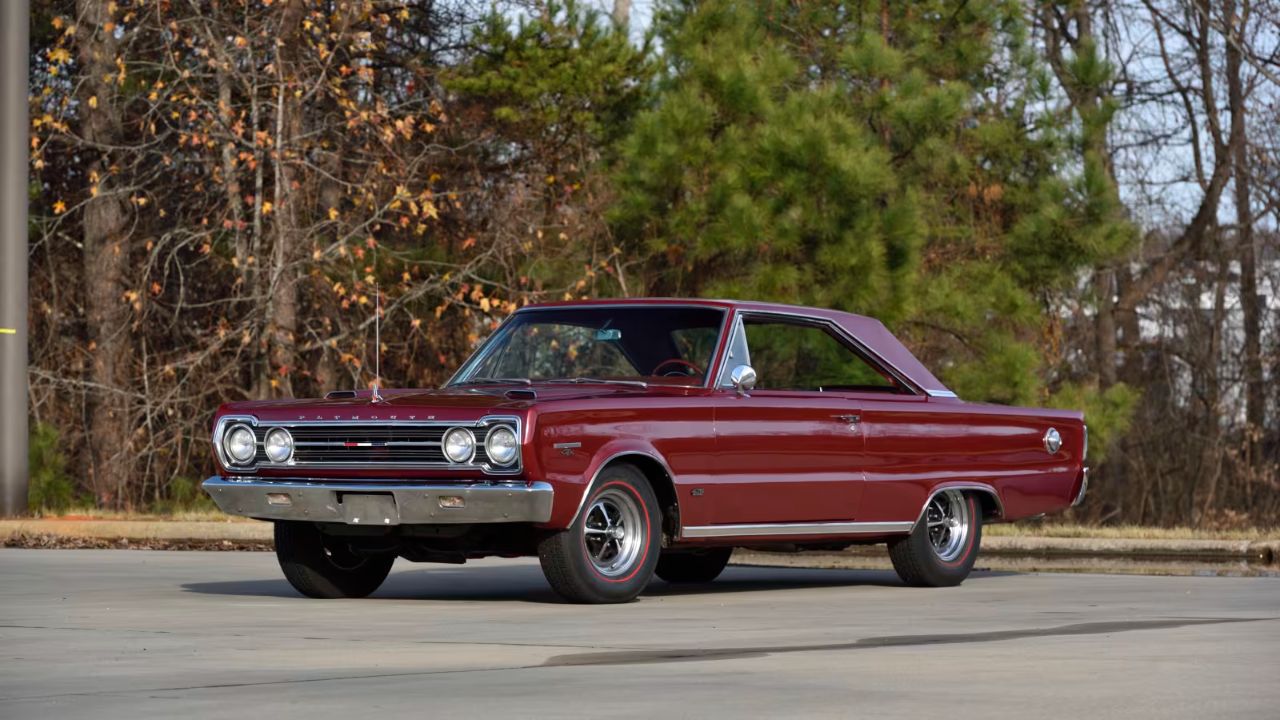
When the GTX hit the market in 1967, it came standard with the 440 Super Commando and was positioned as the “gentleman’s muscle car.” It wasn’t a stripped-down street brawler—it came with power everything, full carpeting, and sound insulation.
That year, Plymouth sold just over 12,000 GTXs. It was based on the Belvedere platform but wore a unique grille, tail panel, and trim. The suspension setup included stiffer torsion bars and leaf springs with factory sway bars. It proved Plymouth could build something fast and refined at the same time.
5. 1968 Was the High-Water Mark for Sales
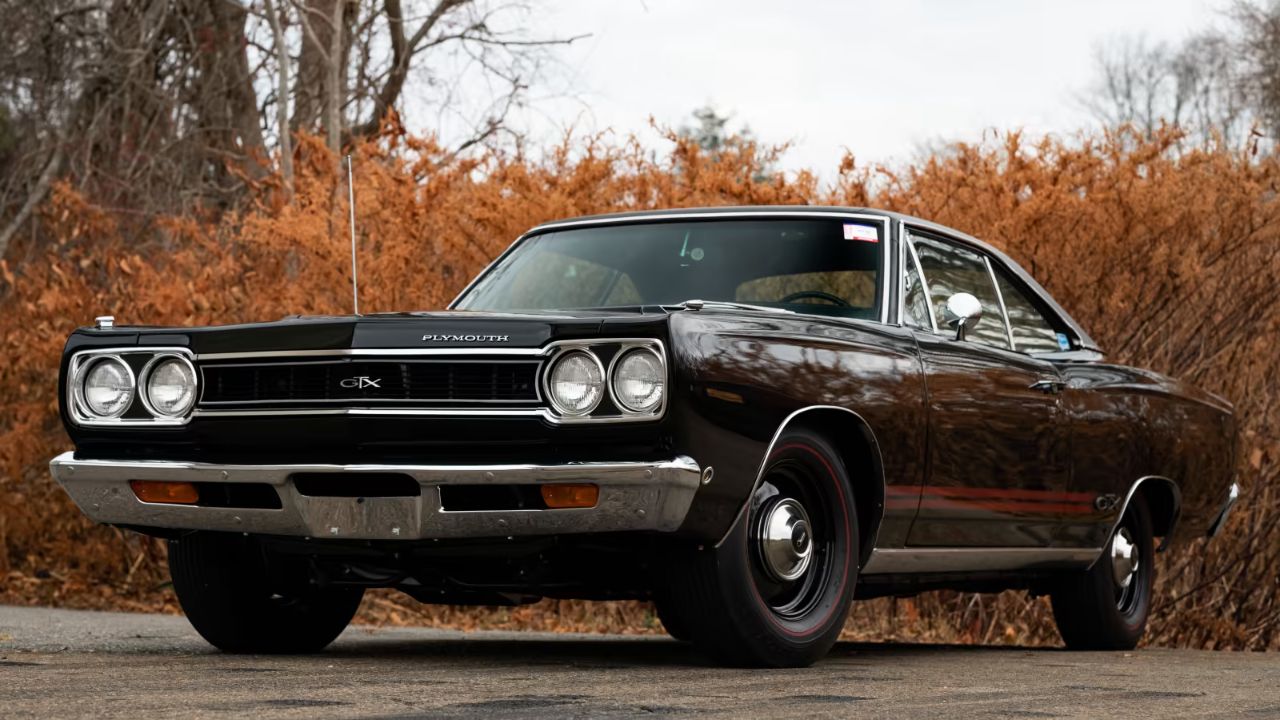
In 1968, Plymouth moved over 18,900 GTXs, thanks to fresh styling, slick advertising, and the growing reputation of the 440. That year’s model rode on Chrysler’s updated B-body, which improved weight distribution and gave it a sleeker look.
Interiors were improved too, with more options for cloth or vinyl upholstery, rally gauges, and upgraded sound systems. Buyers liked that it didn’t scream for attention but had serious firepower when provoked. It wasn’t just fast—it had some class.
6. The 1970 GTX Got Subtle Updates
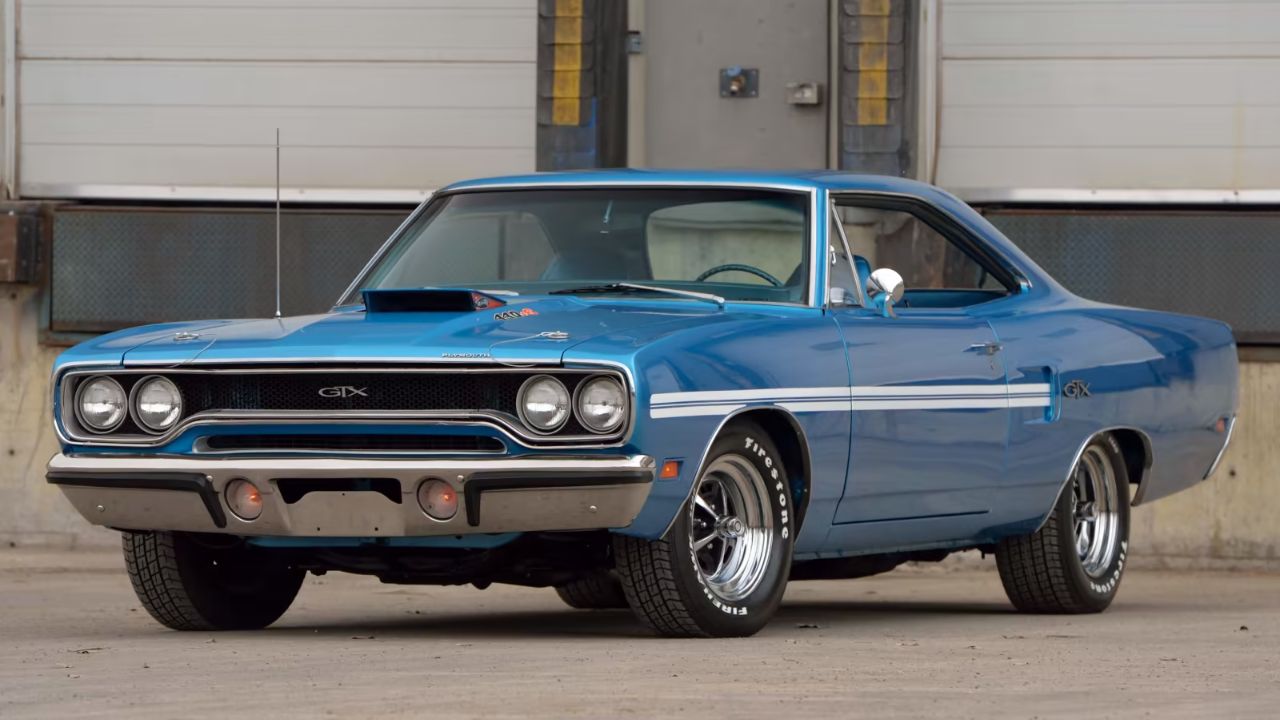
For 1970, the GTX received minor styling changes including a revised grille, new tail panel, and optional Air Grabber hood scoop. The standard 440 was still available, and performance remained solid with quarter mile times in the 14-second range.
Inside, you had high-back bucket seats, a sporty rally cluster, and optional woodgrain accents. Plymouth sold just under 7,700 GTXs that year. The car still packed muscle but was competing with cheaper alternatives like the Road Runner, which cut into its numbers.
7. The 1969 GTX Had Big Car Comfort
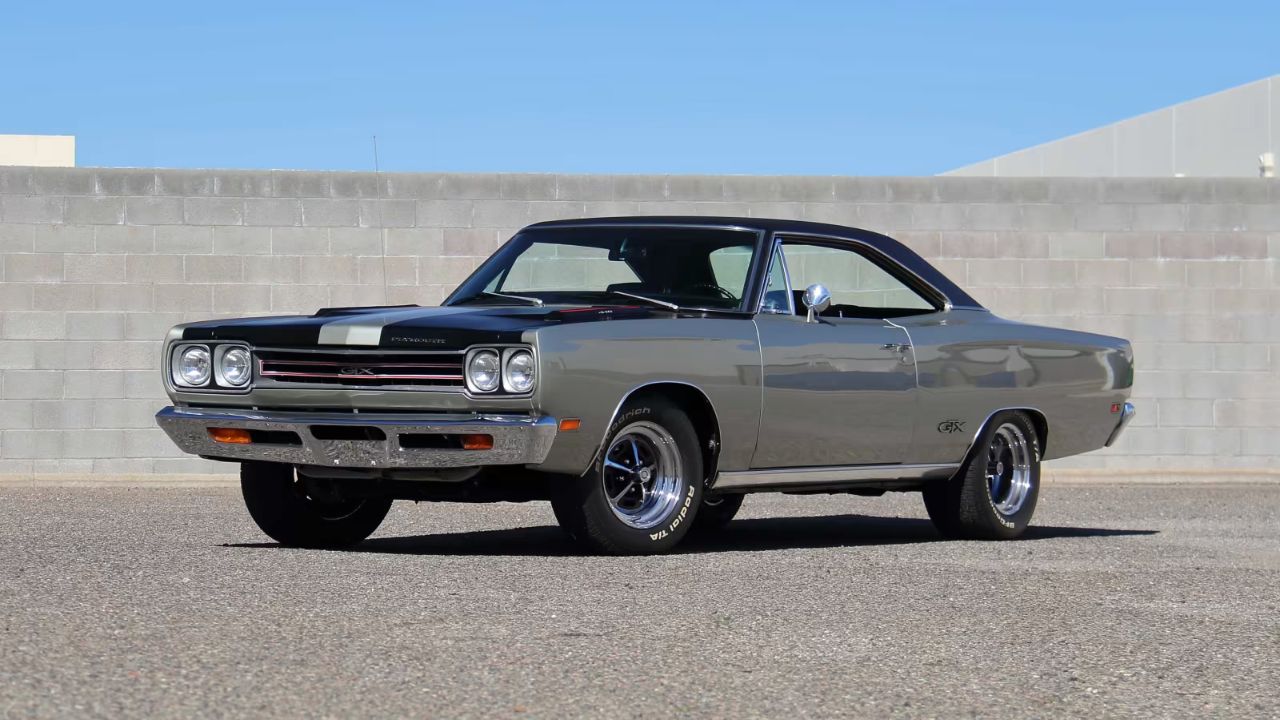
The ’69 GTX continued to deliver strong performance, but it leaned even more into the idea of a mature muscle car. The ride was smoother thanks to revised suspension tuning, and interior materials were upgraded for a more premium feel.
Power options stayed the same—440 standard, HEMI optional—and quarter mile times hovered around the low-14s depending on spec. About 14,900 units were built for 1969, and it remained one of the more refined choices in Plymouth’s muscle lineup.
8. Production Declined After 1971
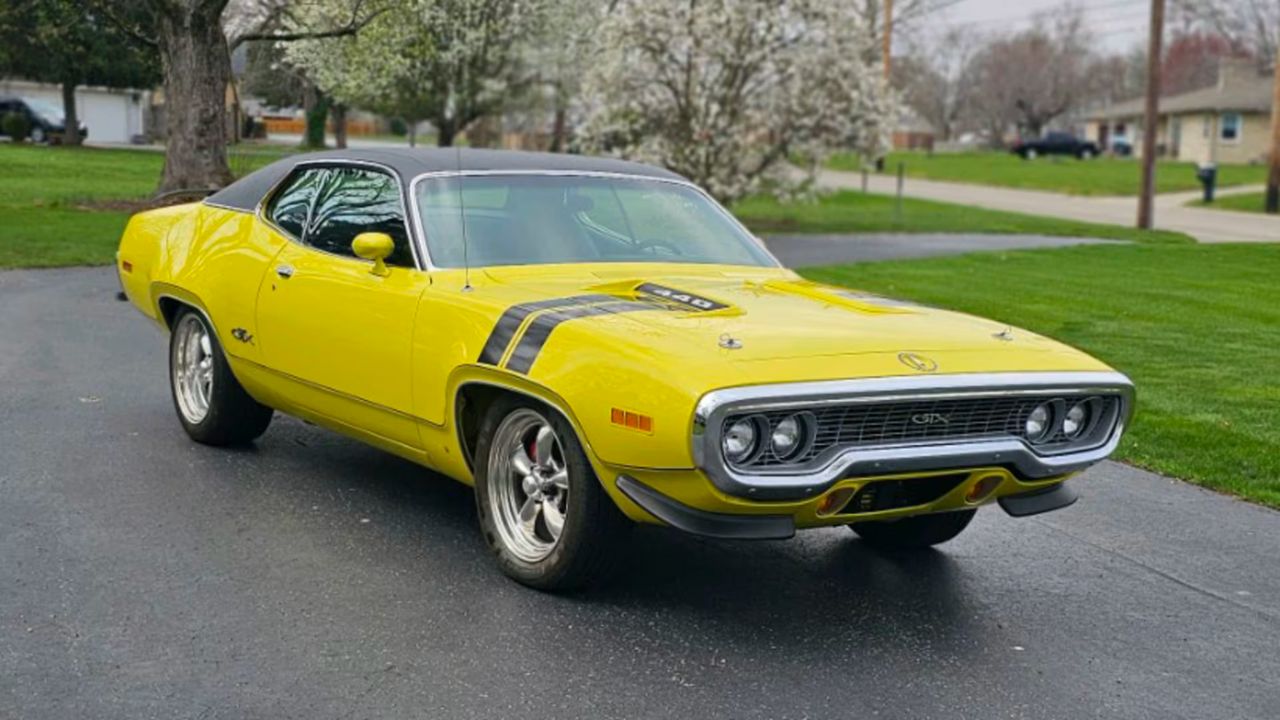
The GTX lost some of its identity in 1971 when it became more closely tied to the redesigned Road Runner. While it still offered the 440 and HEMI engines, sales dropped significantly—just 2,942 units were sold in 1971.
Styling changes gave it a more rounded, fuselage look, and the interior became more driver-focused with wraparound dashboards and optional center consoles. But rising insurance costs and tightening emissions rules were starting to choke the fun out of the muscle car market.
9. The GTX Was Never a Budget Muscle Car
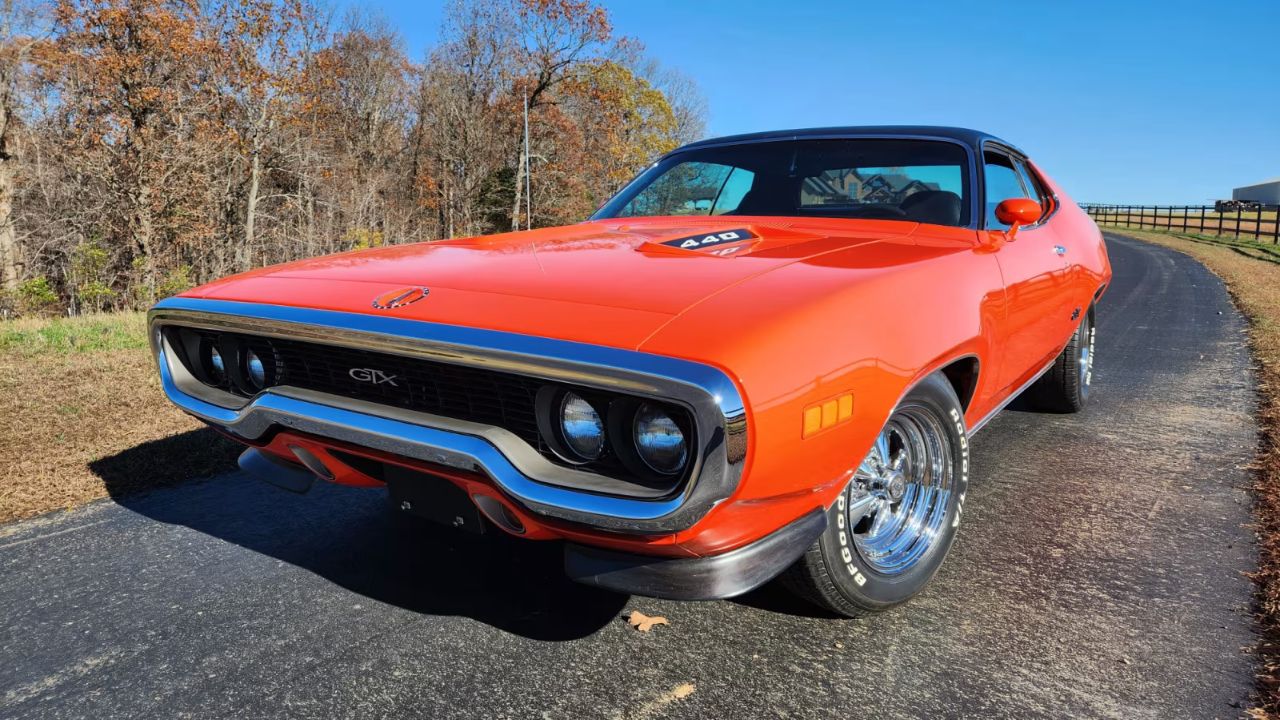
Unlike the stripped-down Road Runner, the GTX always came with extras. Power steering and brakes, upscale interiors, body trim, and unique badging were standard. It was marketed to drivers who wanted performance without giving up comfort.
That pricing strategy meant lower production numbers. While the GTX delivered speed, it didn’t always win the value battle in the showroom. Still, it carved out a loyal following of buyers who appreciated a more refined take on muscle.
10. The GTX Bowed Out Quietly in 1971
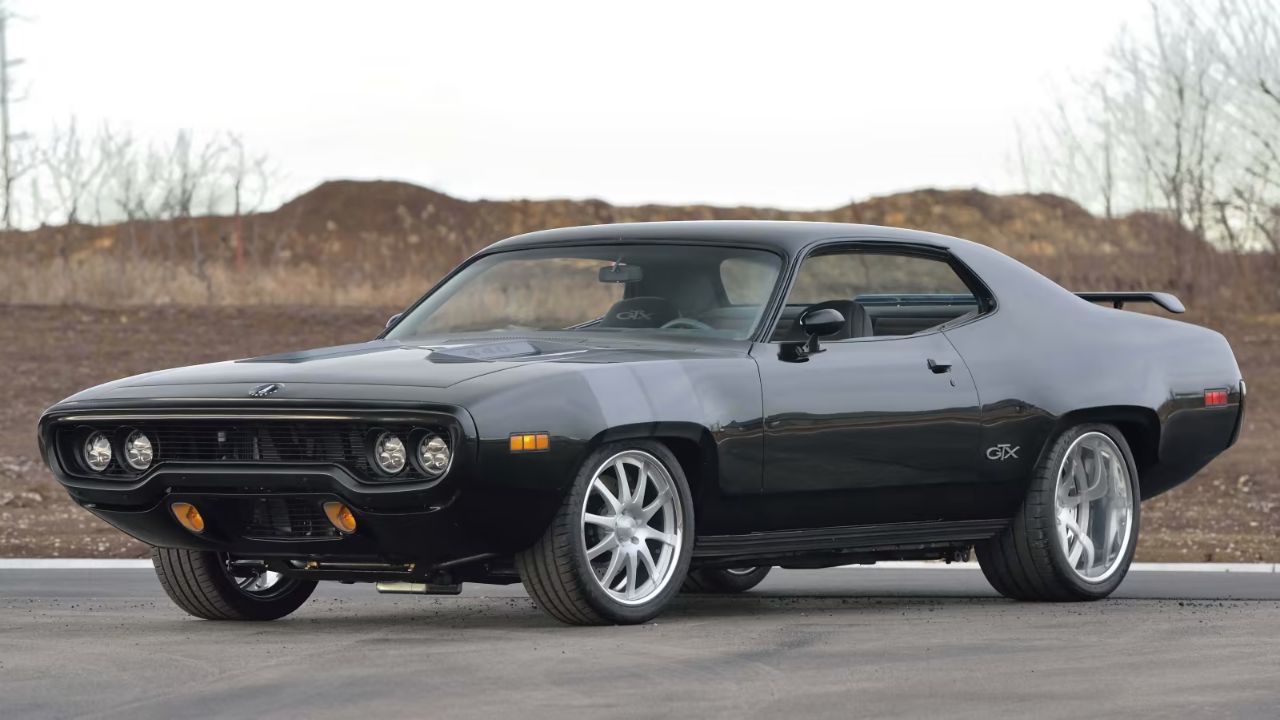
After 1971, the GTX became more of a high-performance option package on the Road Runner rather than a standalone model. It was the end of the line for a car that had spent just five model years making its mark.
In total, Plymouth built just over 44,000 GTXs from 1967 to 1971. It may not have lasted long, but it delivered a different flavor of muscle—one that mixed horsepower with a bit of polish. That’s why to this day, the GTX is remembered as the grown-up’s muscle car.
*This article was hand crafted with AI-powered tools and has been car-fully, I mean carefully, reviewed by our editors.

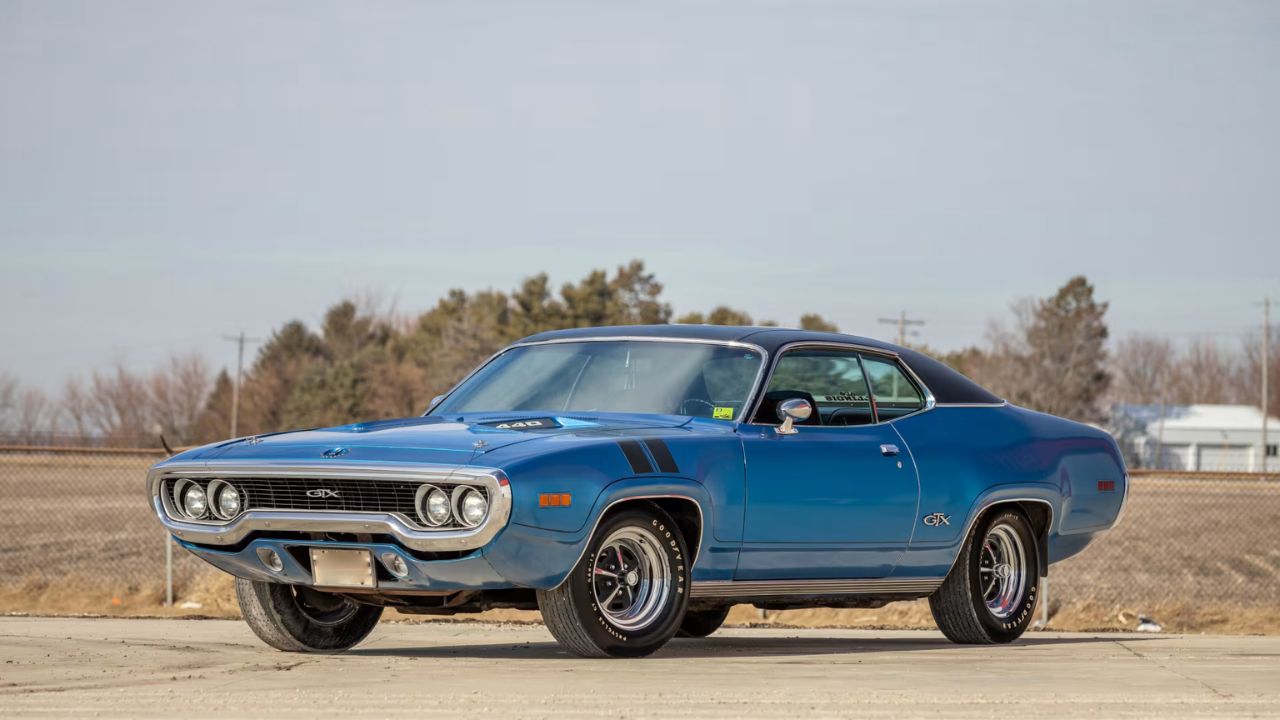
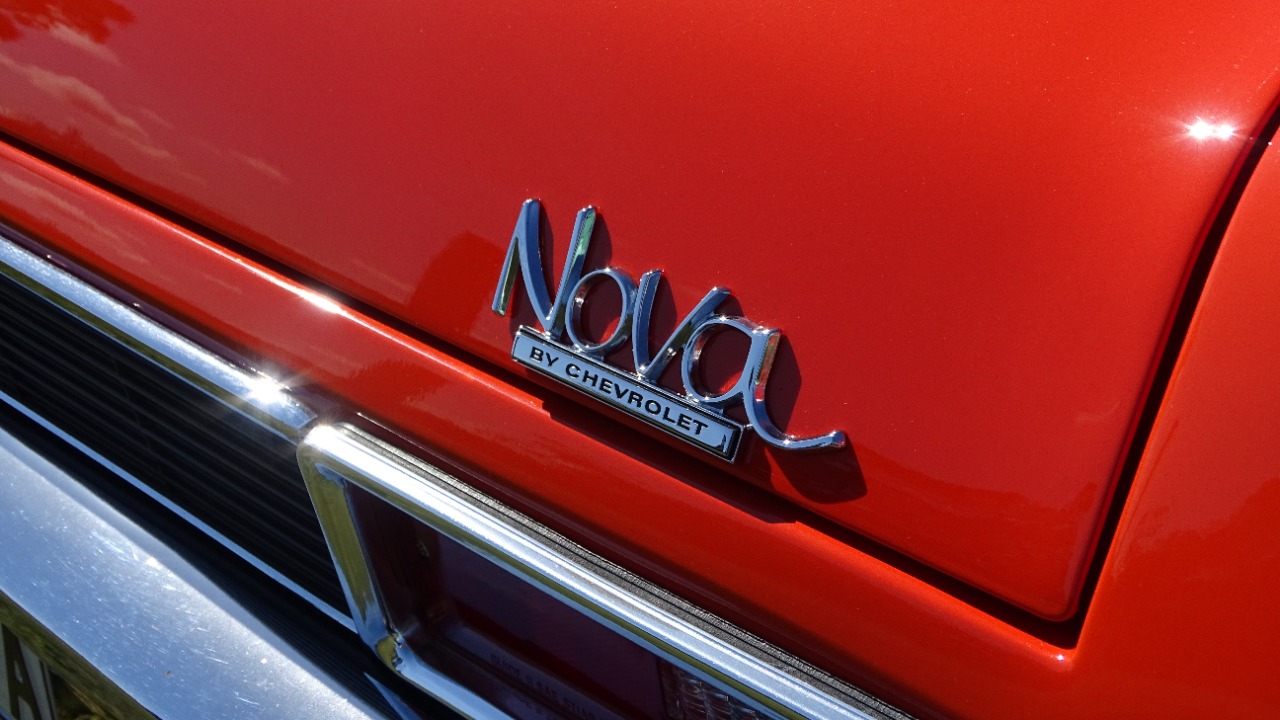

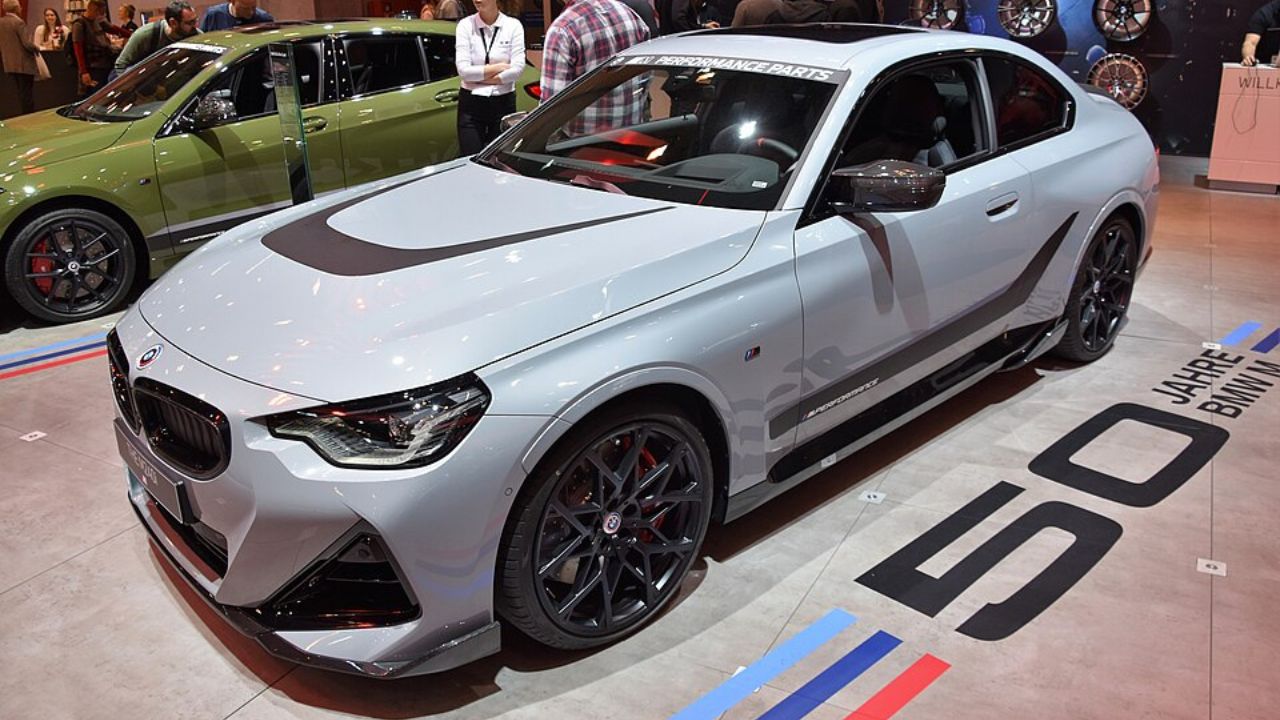

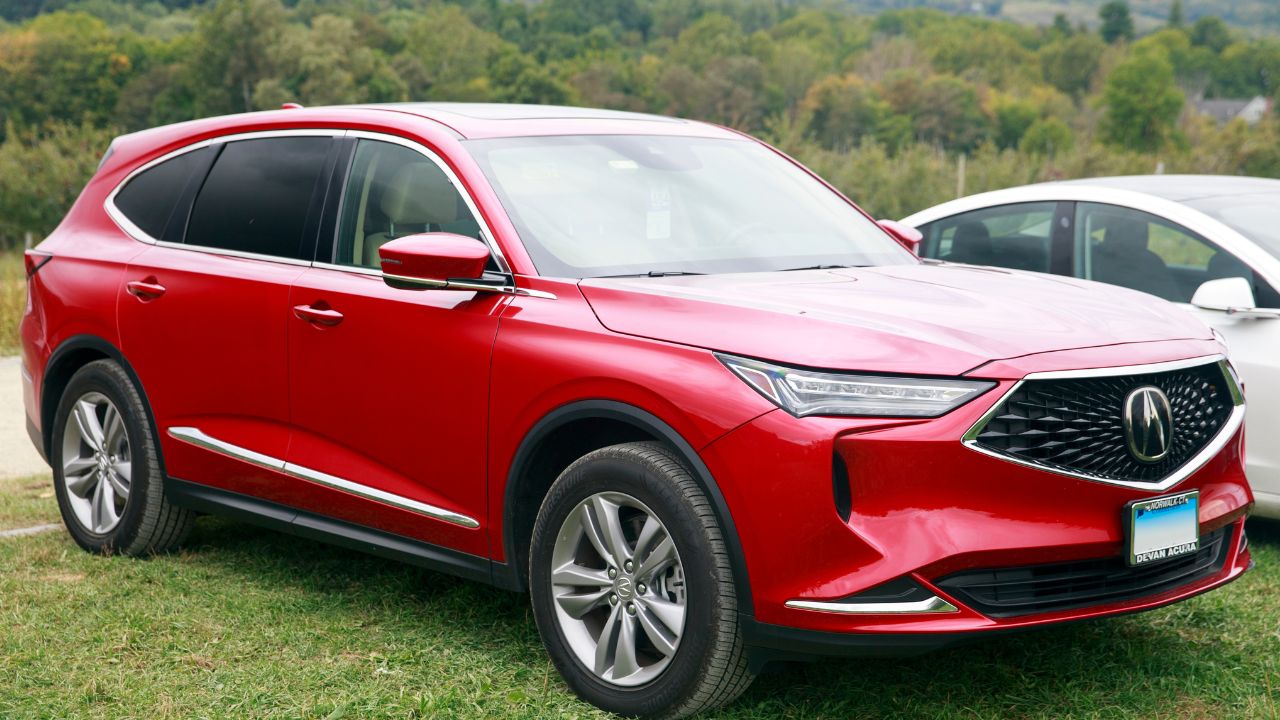
Leave a Reply